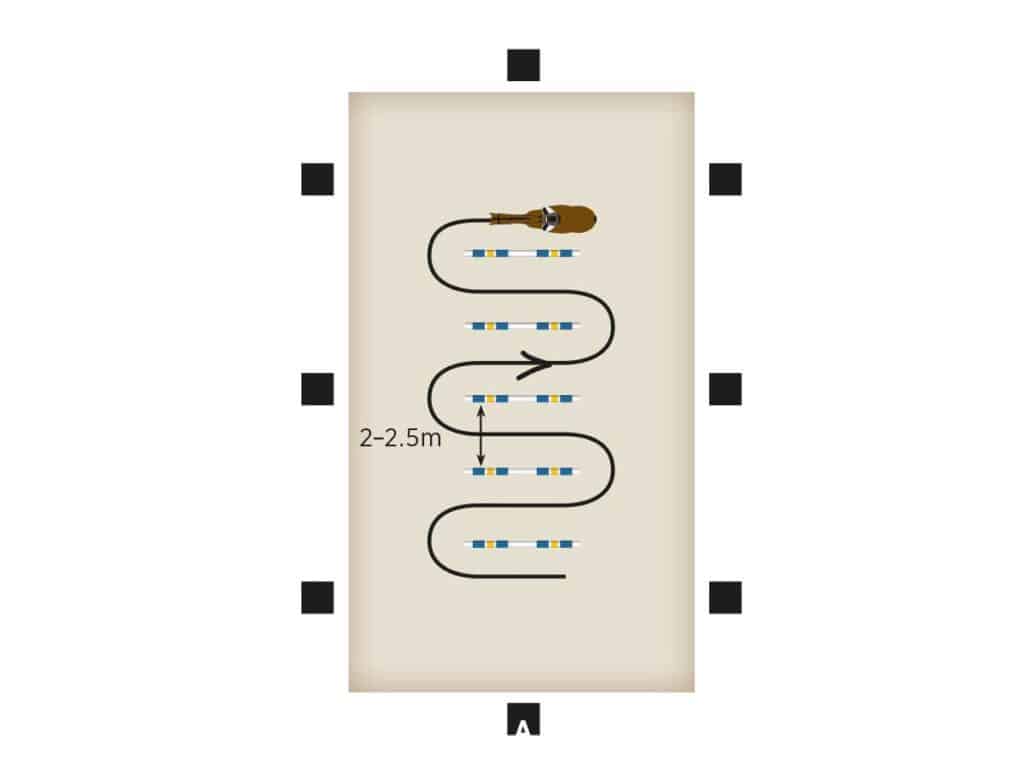Michael Eilberg’s secrets of suppleness
Posted 21st May 2020
It’s all change as Michael Eilberg takes us through his top exercises for super suppleness

Once you’ve begun to lay your foundation and find yourself sitting aboard a forward-thinking, rhythmical horse, you can start to finesse your schooling – and that’s just what the second scale of training begins to do. Suppleness is important to your flatwork for a variety of reasons, and not least because every test you ride will require you to produce mirror image movements. Everything you do on one rein you’ll repeat on the other, too, so your horse needs to be able to work equally well on both sides. Only then can you start to be meticulous about the geometry of dressage.
Suppling exercise: The serpentine
Build it: You’ll need at least four poles, though I use five placed on the centre line of the arena.
Stride it: You’ll be working around, rather than over, these poles, so exact striding isn’t too important, but you do need enough space to manoeuvre. A distance of approximately 2–2.5m between each pole allows for plenty of room without making the exercise too easy.
Ride it: Working in a marching medium walk, you’ll ride a sort of flattened serpentine through the poles, using them to help you achieve a clear moment of straightness before you change your horse’s bend. Your focus here is correct bend – that is, an inside flexion that comes from your leg and weight aids and influences your horse’s torso first, rather than a false neck bend that comes as a result of an overenthusiastic inside rein. You’ll achieve this by staying close to the poles, almost as though you’re wrapping your horse’s body around them.
The poles aren’t just a helping hand, they’re also a great indicator of any unevenness. If you or your horse find it trickier in one direction, this will show you what you need to work on.

Top tip
If your horse tends to be stiff on one rein, or tries to make the exercise a bit easier by throwing his hindquarters out, it might feel a bit like steering a rigid lorry around the turns. Instead, you want him to feel like a trailer, in which his hind end follows the track made by the front because of a central pivoting point – in this case, your leg.
For more of Michael Eilbergs top tips, get your copy of July Horse&Rider out now










